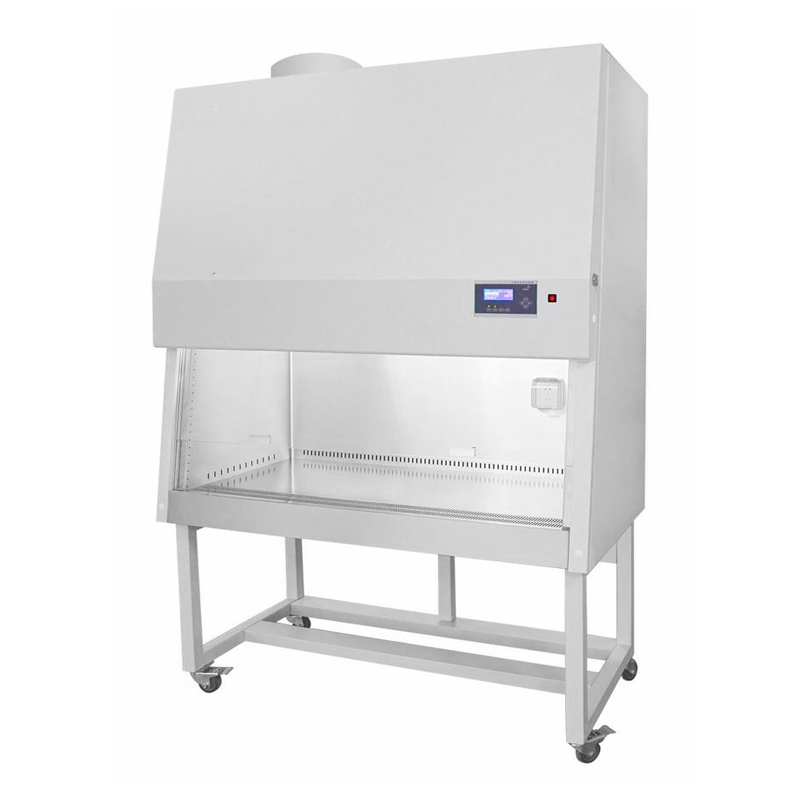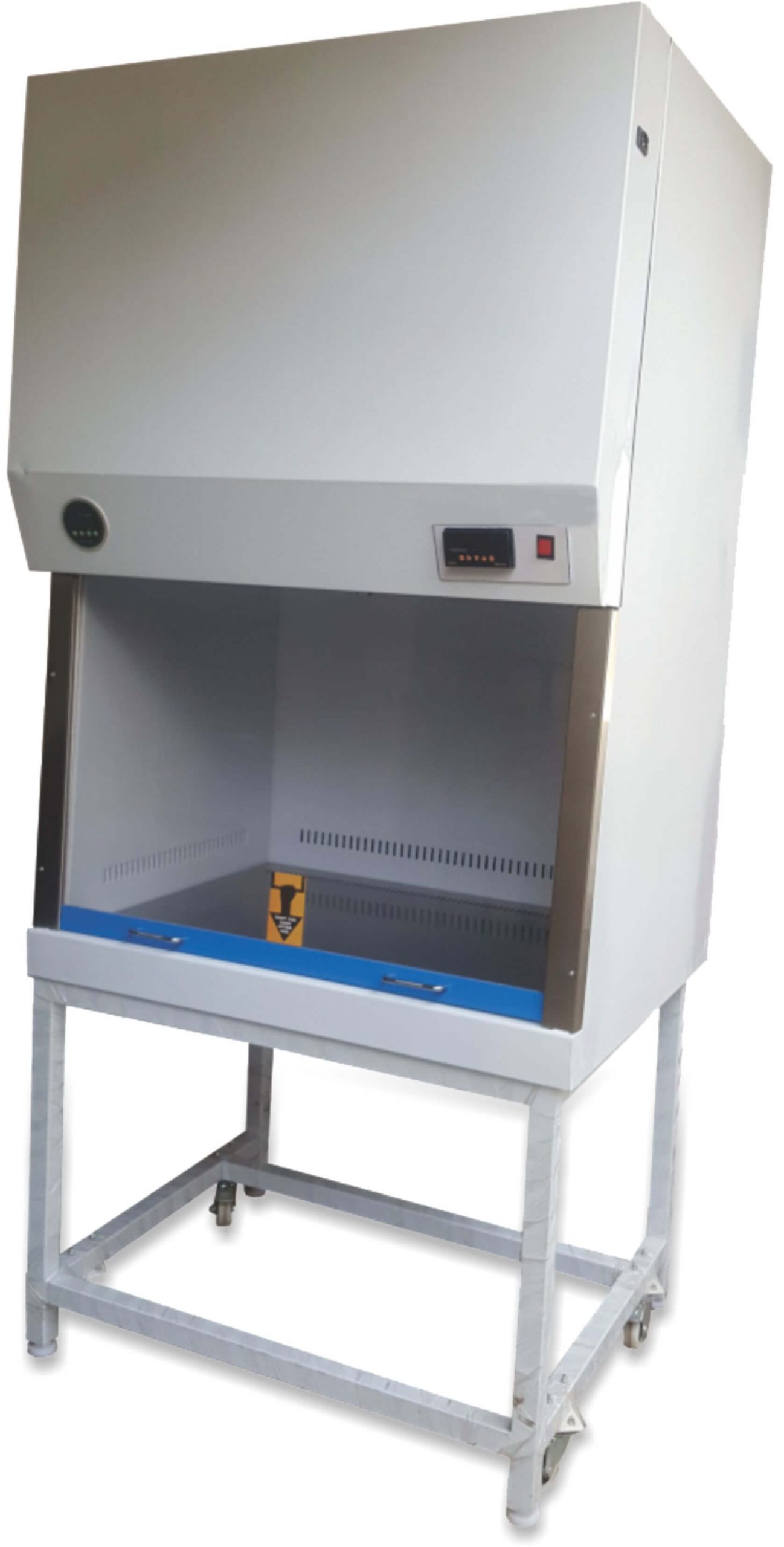The Bio-Safety Cabinets are used for medical and laboratory procedures that use contamination of infectious agents, biohazards and/or hazardous materials. They can be installed in a variety of locations including laboratories, surgery rooms, clean rooms, etc. Biosafety Cabinets are used in a laboratory to safely store and use biological agents. Common uses of Biosafety Cabinets include storing, handling, and using pathogens that cause diseases such as viruses and bacteria. The lab must be licensed by the federal government before it can use them so they are only available in qualified laboratories. The personal protective equipment (PPE) used to keep workers safe from dangerous organisms can generally be divided into two categories. The first category is the suits and boots constructed for protection against contamination. This includes gloves, face shields, and respirators. The second category is the safety cabinets that are used for storing organisms at the lab-level containment facility. A biosafety cabinet protects specimens against cross-contamination between laboratories by preventing contact of people or outside air with samples from other labs.
Types of Biocontainment
A biosafety cabinet is a laboratory safety device that prevents the escape of hazardous biological agents. The cabinet uses positive pressure to keep potentially infectious organisms out of a building or room while keeping air exchange inside. It has an airlock with two chambers, one for entrants and one for exits. A biosafety cabinet Malaysia is a type of containment device used in laboratories and scientific research settings to ensure the health and safety of people working with live infectious agents, such as bacteria or viruses. It is a one-time-use device that provides an effective means of achieving containment for laboratory workers and for infectious agents during transport. A biosafety cabinet is a lab containment device that makes sure that harmful agents are not spread around the lab and exposed to people. They are made of two layers of clear, impermeable walls that are about four inches thick.

Disinfection options for a BSC
Biosafety cabinets (BSCs) are places where biological materials are stored for long periods of time, such as milk and other food products. The BSCs also come equipped with an air-handling system that filters the room so that no contaminants can escape into the air. When creating a biosafety cabinet, make sure that you have planned your setup and set up guidelines. If you are working with infectious agents of any kind, it is important for the entire setup to be safe and efficient. In order to maintain this safety, you will need to plan out room sizes and how many people will be working in the area at once. Setting up a lab is necessary to have a safe room to work in. There are five things that should be kept in mind when setting up a la. One, there must be easy access to the door for the person who will open and close the door regularly. Two, it must be able to fit a large box, three, it must have enough elbow room for people who are standing and working inside of it, four, there must an outlet nearby and lastly, there has to be enough height for effective use as a sink.

